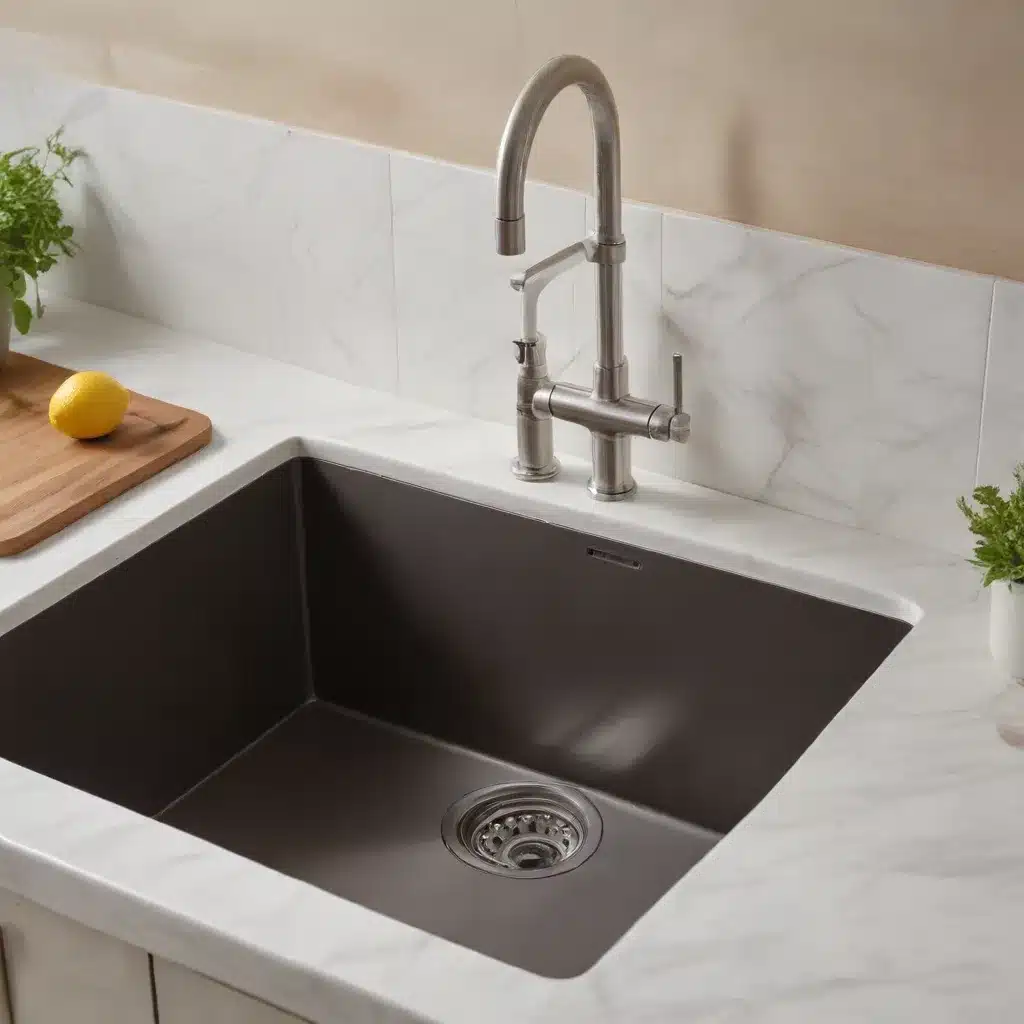
Redesigning Your Kitchen Sink: Placement and Functionality
When planning a kitchen renovation, one of the most significant decisions is where to position the sink. While a sink in the island can create a more symmetrical look, many homeowners express hesitation about this layout. Reddit user u/Teucz shares their dilemma: “I have gotten two designs, one with the sink in the island and one along the wall under the window. For space reasons the symmetry looks a bit better with the sink in the island. But many people seem to hate it, and I’m torn.”
Before committing to a sink placement, consider the practical implications. An island sink can be convenient for food prep and cleanup, but it may feel less private or intimate than a sink tucked along the wall. Additionally, an island layout requires thoughtful plumbing routing to avoid unsightly exposed pipes. A wall-mounted sink, on the other hand, allows for more storage and organization beneath.
Ultimately, the best sink placement depends on your kitchen’s unique layout, your cooking and cleaning habits, and your personal design preferences. If space is limited, sacrificing a bit of symmetry for enhanced functionality may be the wisest choice. Remember, the goal is to create a kitchen that suits your needs and lifestyle.
Maximizing Under-Sink Storage and Organization
Regardless of where your sink is positioned, optimizing the storage and organization under the sink can streamline your kitchen routine. As lifestyle blogger Chris Loves Julia discovered, a bit of strategic planning can transform this often-cluttered area into a well-organized hub.
Begin by purging any expired or unnecessary cleaning products, then group the remaining items by category. Using a turntable or tiered shelf, neatly arrange your go-to supplies, such as dish soap, sponges, and microfiber cloths. Designate a specific zone for bathroom cleaning products to avoid clutter. Consider investing in a water-tight container for your dishwasher tablets to keep them contained.
For an even more streamlined look, install a lazy susan or other rotating storage system. This allows you to easily access items at the back of the cabinet without having to dig through piles. Couple this with clear, labeled containers to maintain an organized, visually appealing space.
Sink Material Considerations: Upgrading from an Overmount
Many homeowners find themselves dissatisfied with their existing overmount sinks, as u/Teucz notes: “I have an overmount sink now and absolutely hate it!” Upgrading to a more modern undermount or farmhouse-style sink can significantly enhance the aesthetic and functionality of your kitchen.
Undermount sinks, which are affixed beneath the countertop, create a seamless, streamlined look. They also make it easier to wipe crumbs and debris directly into the sink. Farmhouse sinks, with their distinctive apron-front design, add a charming, rustic touch while offering a larger basin for washing bulky items.
When selecting a new sink, consider the size of your cabinet and the overall style of your kitchen. A 30-inch cabinet is a common size that can accommodate a variety of sink options. Measure carefully to ensure a proper fit, and don’t forget to factor in the depth and bowl configuration that best suits your needs.
Enhancing Sink Functionality with Practical Upgrades
Beyond the sink’s placement and material, there are numerous practical upgrades you can make to streamline your kitchen experience. One versatile addition is a pot filler faucet, which is mounted above the stove and allows you to easily fill pots with water without having to lug them across the kitchen.
Another handy feature is an integrated, pull-out sprayer on your primary sink faucet. This provides targeted water control for rinsing dishes, filling tall containers, and even bathing pets. If you frequently find yourself needing to soak or scrub large items, consider a deep, double-bowl sink or an oversized, farmhouse-style sink.
For an added touch of luxury and convenience, incorporate a built-in soap dispenser into your sink design. This keeps your countertop clear of clutter while ensuring dish soap is always within reach. You can even find models with motion sensors for a truly hands-free experience.
Maximizing Energy Efficiency and Water Conservation
When upgrading your kitchen sink, it’s also an opportune time to evaluate your water usage and explore ways to enhance energy efficiency. Low-flow faucets and aerators can significantly reduce water consumption without compromising performance. Look for WaterSense-certified models, which are endorsed by the Environmental Protection Agency for their water-saving capabilities.
Additionally, consider pairing your new sink with an instant hot water dispenser. This handy tool provides on-demand hot water, eliminating the need to wait for a traditional water heater to heat up. Not only is this more convenient, but it can also lead to substantial energy savings over time.
For an even more comprehensive sustainability upgrade, explore the possibility of incorporating a greywater system. These specialized plumbing systems divert used water from sinks, showers, and washing machines to irrigate your landscaping, reducing your overall freshwater consumption.
Bringing it All Together: Streamlining Your Kitchen Sink Experience
By thoughtfully planning the placement, storage, and functionality of your kitchen sink, you can create a streamlined and practical hub for your daily cooking and cleaning tasks. Whether you opt for an island-mounted sink or a traditional wall-mounted design, prioritize organization, energy efficiency, and user-friendly features to elevate your kitchen experience.
Remember, the key to a successful sink upgrade lies in carefully weighing your personal preferences, lifestyle needs, and long-term maintenance considerations. With the right combination of form and function, your new kitchen sink can become the heart of a harmonious and well-designed space. For more expert plumbing and home comfort tips, be sure to visit DD Plumbing and Heating for additional resources.


